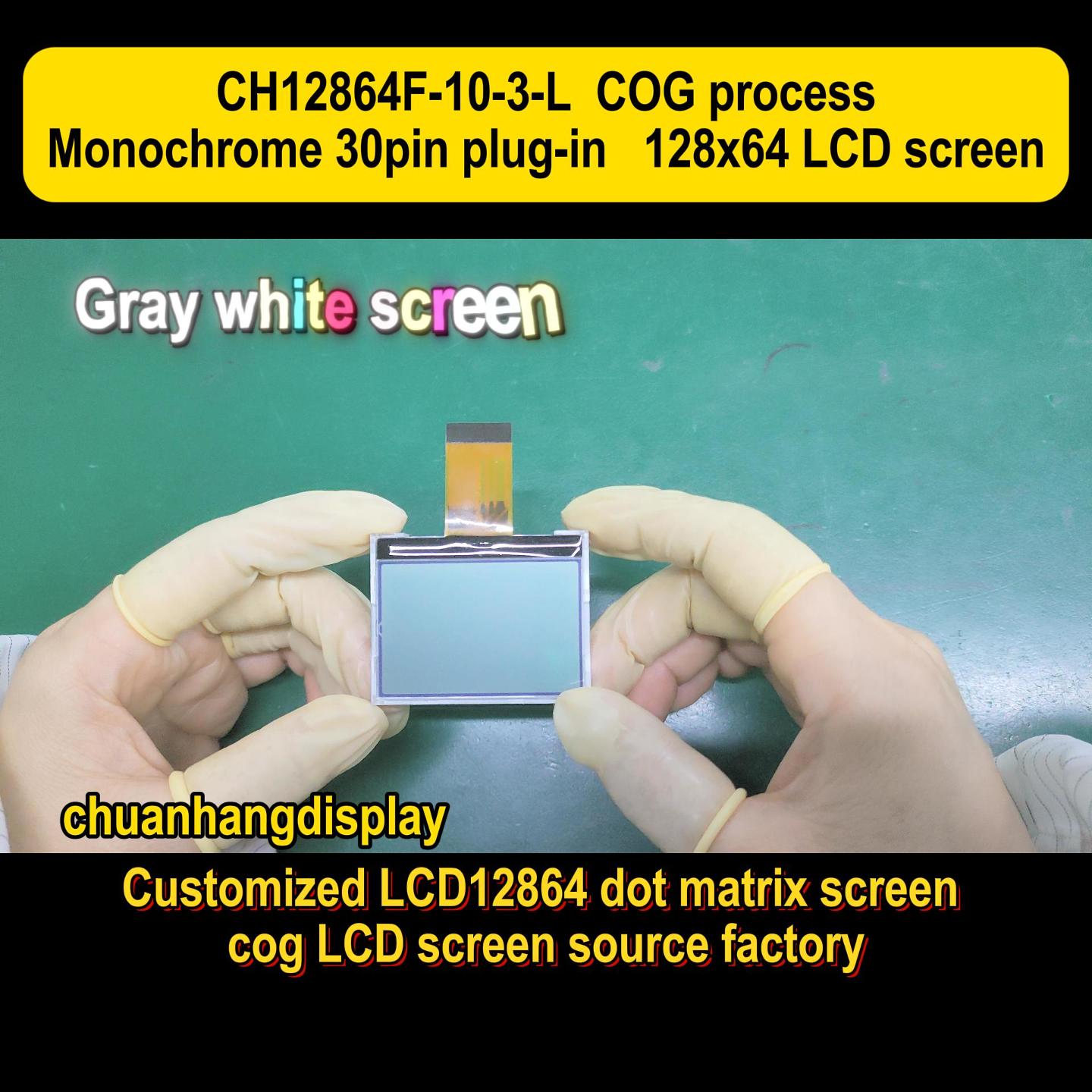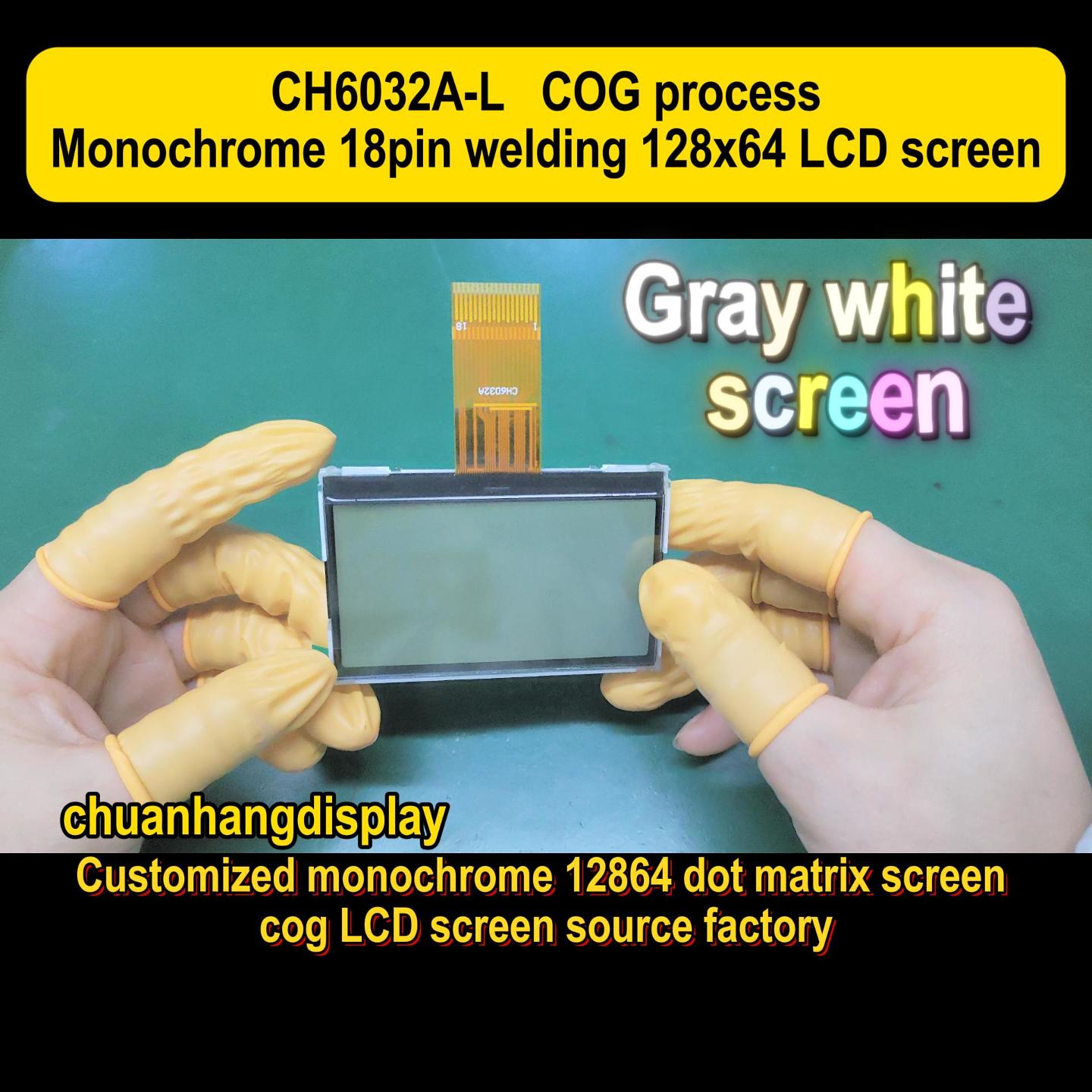In the realm of digital displays, the seven segment display stands as a fundamental technology that has shaped how we interact with numeric and alphanumeric information. From everyday devices like calculators and digital clocks to advanced industrial equipment, this display type remains a cornerstone in the liquid crystal and broader electronic display industries. Its simplicity, reliability, and cost-effectiveness have made it a go-to solution for clear, legible outputs in various applications. As we delve into the intricacies of this technology, we'll explore its core aspects, including its structure, operation, types, applications, and the evolving role of manufacturers like Chuanhang Display in enhancing its capabilities. Whether you're an engineer, a hobbyist, or simply curious about display technologies, understanding the seven segment display is essential for grasping the foundations of modern digital interfaces.

A seven segment display is a form of electronic display device used primarily for displaying decimal numerals and some limited alphabetic characters. It consists of seven individual segments, typically arranged in a rectangular pattern, with each segment capable of being illuminated independently. These segments are labeled from "a" to "g," and when combined, they can represent numbers from 0 to 9 and letters like A, C, E, and F. The origins of the seven segment display date back to the early 20th century, with widespread adoption in the 1970s as LED and LCD technologies advanced. Its design is remarkably straightforward, making it ideal for applications where clarity and simplicity are paramount. In the context of international liquid crystal displays, the seven segment display has evolved from basic incandescent versions to modern liquid crystal and LED-based models, offering improved energy efficiency and visibility. Brands like Chuanhang Display have refined this technology, incorporating materials that enhance durability and performance in diverse environments. Essentially, the seven segment display serves as a bridge between analog and digital worlds, providing a reliable means of visual communication in countless devices.
The operation of a seven segment display hinges on the control of its individual segments through electrical signals. Each segment is essentially a small light-emitting element, which can be an LED, liquid crystal, or other technologies. In a typical setup, the display is connected to a driver circuit or microcontroller that sends binary signals to activate specific segments. For instance, to display the number "8," all segments (a through g) are illuminated, whereas for "1," only segments b and c are lit. This binary control system allows for efficient multiplexing, where multiple displays can be driven by a single controller by rapidly switching between them. In liquid crystal-based seven segment displays, an electric field aligns the crystals to block or transmit light, resulting in the desired pattern. This principle ensures low power consumption, a key advantage in portable devices. The simplicity of the seven segment display makes it highly reliable, with minimal components reducing the risk of failure. Moreover, advancements by companies like Chuanhang Display have introduced features such as enhanced contrast ratios and wider viewing angles, optimizing the display for both indoor and outdoor use. Understanding this operational mechanism is crucial for designers aiming to integrate these displays into systems ranging from consumer electronics to automotive dashboards.
Seven segment displays come in various types, each tailored to specific needs and environments. The most common variants include LED (Light Emitting Diode), LCD (Liquid Crystal Display), and VFD (Vacuum Fluorescent Display) versions. LED-based seven segment displays are popular for their brightness and longevity, making them suitable for applications like digital clocks and scoreboards. They operate by passing current through semiconductors to emit light, with colors ranging from red and green to blue and white. In contrast, LCD seven segment displays utilize liquid crystals that modulate light when voltage is applied, offering excellent visibility in bright conditions and lower power consumption—ideal for battery-operated devices like calculators and multimeters. VFD types, though less common, provide high brightness and wide viewing angles, often used in automotive and industrial settings. Additionally, there are reflective and transflective models that enhance readability under various lighting conditions. The evolution of these displays has been driven by industry demands for efficiency and customization. For example, Chuanhang Display offers specialized seven segment display units with anti-glare coatings and extended temperature ranges, catering to harsh environments. This diversity ensures that the seven segment display remains versatile, adapting to trends in miniaturization and smart technology while maintaining its core functionality.
The seven segment display finds extensive use across multiple industries due to its reliability and ease of integration. In consumer electronics, it is a staple in devices such as digital watches, microwave ovens, and remote controls, where it provides clear numeric feedback. The automotive sector relies on seven segment displays for dashboard indicators, odometers, and climate control panels, ensuring drivers can quickly read vital information. Industrial applications include process control systems, measuring instruments, and timers, where the display's robustness withstands demanding conditions. In the medical field, seven segment displays are embedded in equipment like blood pressure monitors and infusion pumps, offering precise readouts that aid in patient care. The telecommunications industry uses them in network devices for status indicators and configuration settings. Furthermore, with the rise of IoT (Internet of Things), these displays are being integrated into smart home devices for energy monitoring and security systems. Companies like Chuanhang Display have expanded these applications by developing custom seven segment display solutions that meet specific regulatory standards, such as those for medical or automotive safety. This widespread adoption underscores the display's adaptability, proving that even in an era of advanced graphical interfaces, the simplicity of the seven segment display continues to deliver value.

One of the primary advantages of the seven segment display is its simplicity, which translates to low cost and high reliability. With fewer components than more complex displays, it is less prone to failures and easier to manufacture, making it accessible for mass production. Its legibility is another strong point; the segmented design allows for clear, unambiguous characters, even from a distance or in low-light conditions. This is particularly beneficial in safety-critical applications where quick recognition is essential. Energy efficiency is also a key benefit, especially in LCD versions, which consume minimal power—a crucial factor for portable and battery-powered devices. However, the seven segment display has limitations, primarily its restricted character set. It cannot display full alphabets or complex symbols, limiting its use to numeric and basic alphanumeric outputs. Additionally, in high-resolution or color-intensive applications, it falls short compared to dot matrix or OLED displays. Despite these drawbacks, ongoing innovations, such as those from Chuanhang Display, are addressing these issues by hybrid designs that combine seven segment elements with other technologies. For instance, some modern versions incorporate additional segments for limited graphics, expanding their utility without sacrificing the core benefits. This balance of pros and cons makes the seven segment display a pragmatic choice for many scenarios, where its strengths outweigh its limitations.
Chuanhang Display has emerged as a significant player in the liquid crystal display industry, particularly in the realm of seven segment displays. By focusing on research and development, the company has introduced innovations that enhance performance and sustainability. For example, Chuanhang Display's seven segment display products often feature improved materials that offer better thermal stability and longer lifespans, making them suitable for extreme environments. Their manufacturing processes emphasize precision, resulting in displays with uniform segment illumination and reduced power consumption. Moreover, Chuanhang Display collaborates with global partners to integrate smart features, such as touch compatibility and connectivity options, into traditional seven segment designs. This approach not only preserves the display's inherent advantages but also aligns it with modern trends like Industry 4.0 and green technology. By providing customizable solutions, Chuanhang Display helps clients in sectors like automotive, healthcare, and consumer electronics optimize their products. Their commitment to quality ensures that the seven segment display remains relevant, evolving from a basic indicator to a sophisticated component in interconnected systems. As the demand for efficient and reliable displays grows, brands like Chuanhang Display are pivotal in driving the technology forward, ensuring it meets the needs of tomorrow's applications.
The future of seven segment displays is shaped by advancements in materials science, electronics, and user demands for smarter interfaces. One emerging trend is the integration of flexible and organic LED (OLED) technologies, which could lead to bendable seven segment displays for wearable devices and curved surfaces. Energy harvesting capabilities, such as solar-powered segments, are also being explored to enhance sustainability. In the context of the Internet of Things (IoT), seven segment displays are becoming more interconnected, allowing for real-time data updates from cloud services. This is particularly relevant in smart cities and home automation, where these displays can show metrics like energy usage or environmental data. Additionally, improvements in liquid crystal formulations by companies like Chuanhang Display are enabling higher contrast and faster response times, broadening the scope for dynamic applications. Another innovation involves hybrid displays that combine seven segment elements with dot matrix sections, offering a balance between simplicity and versatility. As artificial intelligence and machine learning permeate various fields, the seven segment display could see upgrades in adaptive brightness and context-aware content. Despite these advancements, the core principle of the seven segment display—simplicity and clarity—will likely remain unchanged, ensuring its continued relevance in an increasingly digital world.
Q1: What is the basic structure of a seven segment display?
A1: A seven segment display consists of seven individual segments, typically labeled a through g, arranged in a figure-eight pattern. Each segment can be independently illuminated to form numeric digits from 0 to 9 and some letters. Additional segments, such as a decimal point, are often included for enhanced functionality.
Q2: How does a seven segment display differ from other types of displays?
A2: Unlike dot matrix or full graphic displays that can show complex images and text, a seven segment display is limited to simple characters, making it more cost-effective and easier to control. It uses fewer components, which enhances reliability and reduces power consumption, but it lacks the versatility for detailed graphics.
Q3: What are the common applications of seven segment displays in daily life?
A3: Seven segment displays are widely used in everyday devices such as digital clocks, calculators, electronic meters, and appliance controls. They are also found in automotive dashboards, industrial instruments, and medical devices due to their clear readability and durability.
Q4: Can a seven segment display show letters and symbols?
A4: Yes, but in a limited capacity. By illuminating specific segments, it can display certain letters like A, C, E, F, H, L, and P, as well as symbols such as a decimal point. However, it cannot represent the full alphabet or complex icons, which is a key limitation compared to more advanced displays.
Q5: How has Chuanhang Display contributed to the evolution of seven segment displays?
A5: Chuanhang Display has advanced seven segment display technology by developing products with improved energy efficiency, wider operating temperature ranges, and custom designs for specific industries. Their innovations include enhanced liquid crystal materials and smart integration features, helping to maintain the display's relevance in modern applications while addressing environmental and performance challenges.